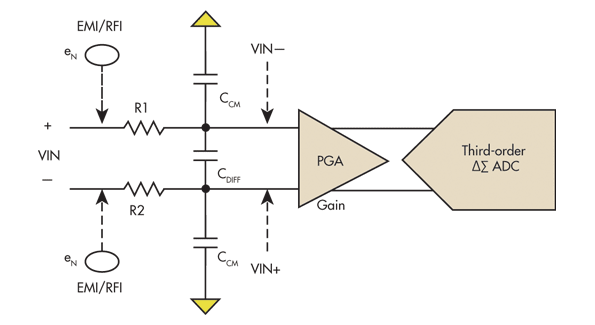The article says: -
The overall DM filter bandwidth should be at least 100 times the input
signal bandwidth.
And this is just plain rubbish in all practical designs. Sorry ADI but you are feeding people misleading information. If your base band extends to signals that are 1kHz a 1st order filter at 100 kHz will have an attenuation of 0.54\$\mu\$ dB at 1kHz. What is this in real numbers - 0.999999937.
At ten times the signal frequency, the little bit of attenuation is now 0.043 dB or 0.995 (real numbers) and this can be regarded as significant in some quarters. However, if you are going to be digitizing signals you might choose for an anti-alias filter to be 2nd order and this can actually restore the "droop" at 1kHz.
So, thank you to the questioner for pointing this out.

